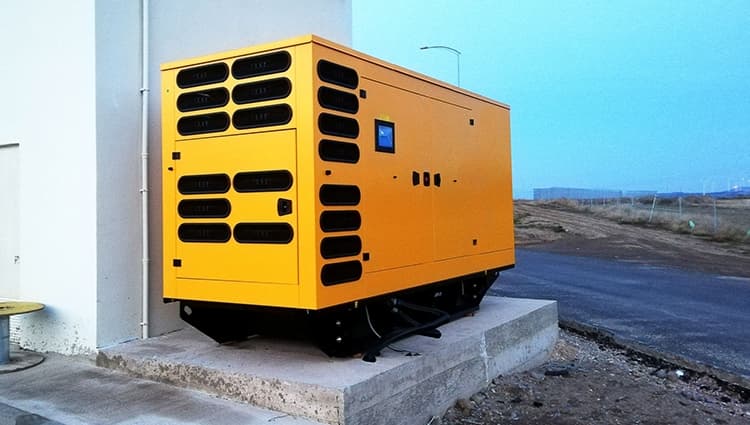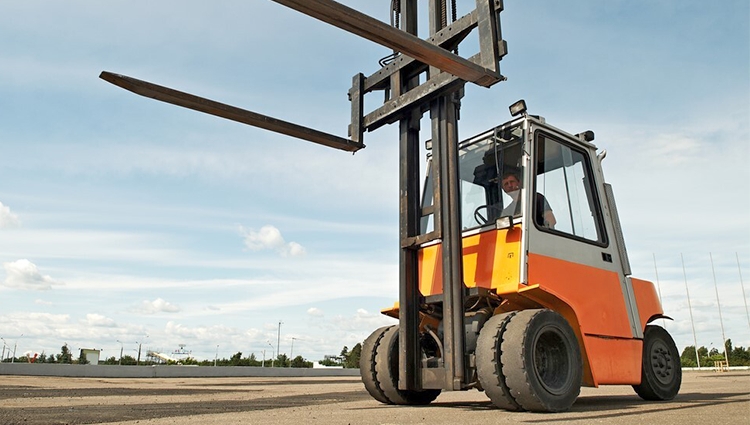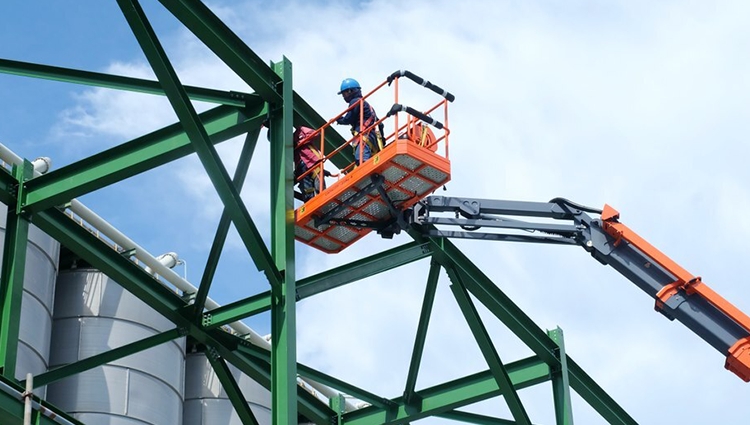Urbanization is a global phenomenon that has profound implications for economic growth, social development, and environmental sustainability. In Kenya, rapid urbanization is reshaping the landscape of the construction industry, driving demand for new infrastructure, housing, and commercial spaces. As cities expand and populations grow, understanding the impact of urbanization on construction is essential for stakeholders in the industry. This article analyzes how rapid urbanization in Kenya is influencing construction demands and the types of projects being undertaken.
Kenya is experiencing one of the fastest rates of urbanization in the world, with projections indicating that over 50% of the population will reside in urban areas by 2030. This shift is driven by several factors, including:
- Economic Opportunities: Urban areas offer better job prospects, access to services, and improved living standards, attracting people from rural regions seeking a better quality of life.
- Population Growth: Kenya’s population is growing rapidly, leading to increased demand for housing, infrastructure, and public services.
- Infrastructure Development: Government initiatives and investments in infrastructure projects are facilitating urban growth, making cities more accessible and attractive to residents and businesses.
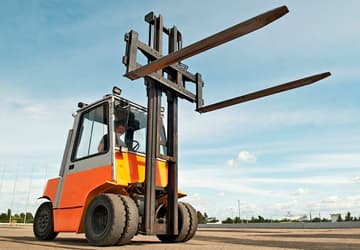
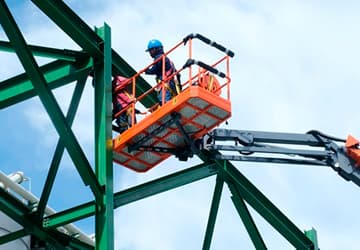
As urbanization accelerates, the construction industry in Kenya is witnessing significant changes in demand across various sectors:
1. Housing Development
The most immediate impact of urbanization is the increased demand for housing. As more people migrate to cities, the need for affordable and adequate housing becomes critical. This has led to:
- High-Density Housing Projects: Developers are focusing on high-rise apartments and mixed-use developments to accommodate the growing population in urban centers. These projects maximize land use and provide essential amenities within close proximity.
- Affordable Housing Initiatives: The Kenyan government has prioritized affordable housing as part of its Big Four Agenda, leading to public-private partnerships aimed at delivering low-cost housing solutions for low- and middle-income families.
2. Infrastructure Expansion
Rapid urbanization necessitates the expansion and improvement of infrastructure to support growing populations. Key areas of focus include:
- Transportation Networks: The demand for efficient transportation systems is rising, prompting investments in roads, railways, and public transit. Projects such as the Nairobi Expressway and the Standard Gauge Railway are examples of infrastructure initiatives aimed at easing congestion and improving connectivity.
- Utilities and Services: Urban areas require reliable access to water, electricity, and sanitation services. Construction projects are increasingly focused on upgrading existing utilities and developing new systems to meet the needs of expanding populations.
3. Commercial and Retail Spaces
As urban populations grow, so does the demand for commercial and retail spaces. This trend is evident in:
- Shopping Malls and Retail Centers: The rise of urban consumers has led to the development of modern shopping malls and retail complexes that cater to diverse needs, from groceries to entertainment.
- Office Spaces: With the growth of businesses and startups in urban areas, there is a rising demand for office spaces that accommodate various industries, including technology, finance, and services.
4. Sustainable and Smart Construction
Urbanization is also driving a shift towards sustainable and smart construction practices. As cities grapple with challenges such as traffic congestion, pollution, and resource scarcity, construction projects are increasingly focused on:
- Green Building Practices: Developers are adopting eco-friendly materials and energy-efficient designs to minimize environmental impact. This includes the use of solar panels, rainwater harvesting systems, and sustainable landscaping.
- Smart City Solutions: The integration of technology into urban planning is becoming more prevalent. Smart construction projects incorporate IoT devices, data analytics, and automation to enhance efficiency, safety, and quality of life for residents.
While rapid urbanization presents numerous opportunities for the construction industry, it also poses challenges that must be addressed:
- Land Availability and Cost: As demand for urban land increases, so do land prices, making it challenging for developers to find affordable sites for new projects.
- Regulatory Hurdles: Navigating the regulatory landscape can be complex, with zoning laws, building codes, and environmental regulations impacting project timelines and costs.
- Infrastructure Strain: Rapid urban growth can strain existing infrastructure, leading to congestion, inadequate services, and environmental degradation.
Despite these challenges, the construction industry in Kenya has the potential to thrive by embracing innovative solutions, sustainable practices, and collaborative approaches to urban development.
The impact of urbanization on construction in Kenya is profound and multifaceted. As cities continue to grow, the demand for housing, infrastructure, and commercial spaces will only increase. By understanding these trends and adapting to the evolving needs of urban populations, construction companies can play a vital role in shaping the future of urban development.
At Minkoti Agencies Ltd, we are committed to supporting the construction industry in Kenya by providing innovative solutions, high-quality equipment, and expertise to meet the demands of a rapidly urbanizing landscape. Together, we can build sustainable, resilient, and vibrant urban environments that enhance the quality of life for all Kenyans.


